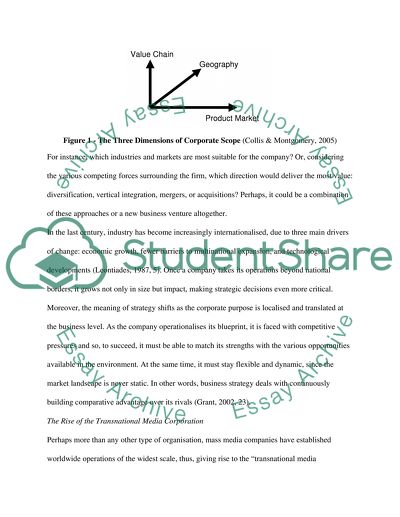Cite this document
(Evaluation of News Corporations Strategies Assignment, n.d.)
Evaluation of News Corporations Strategies Assignment. Retrieved from https://studentshare.org/marketing/1510388-news-corporation-strategic-management
Evaluation of News Corporations Strategies Assignment. Retrieved from https://studentshare.org/marketing/1510388-news-corporation-strategic-management
(Evaluation of News Corporations Strategies Assignment)
Evaluation of News Corporations Strategies Assignment. https://studentshare.org/marketing/1510388-news-corporation-strategic-management.
Evaluation of News Corporations Strategies Assignment. https://studentshare.org/marketing/1510388-news-corporation-strategic-management.
“Evaluation of News Corporations Strategies Assignment”, n.d. https://studentshare.org/marketing/1510388-news-corporation-strategic-management.


